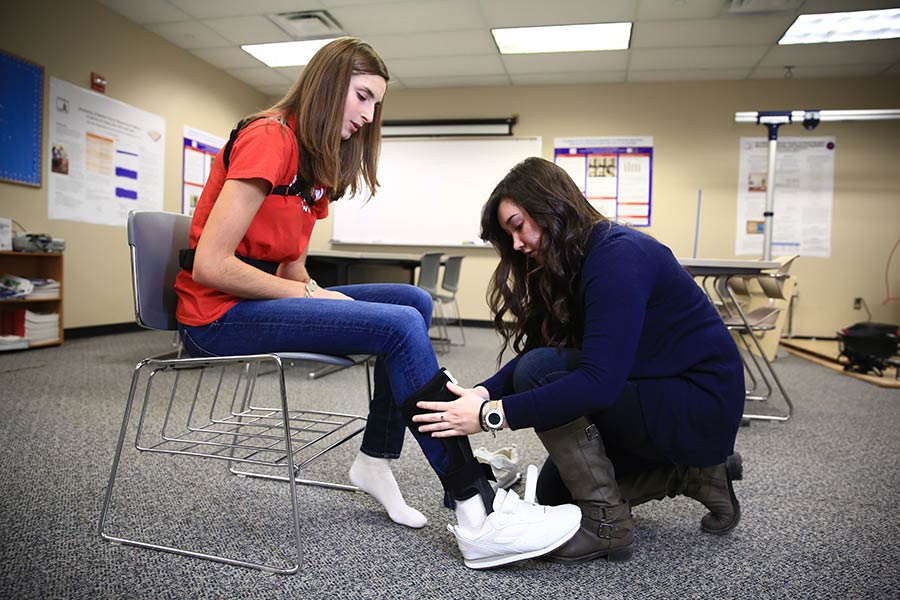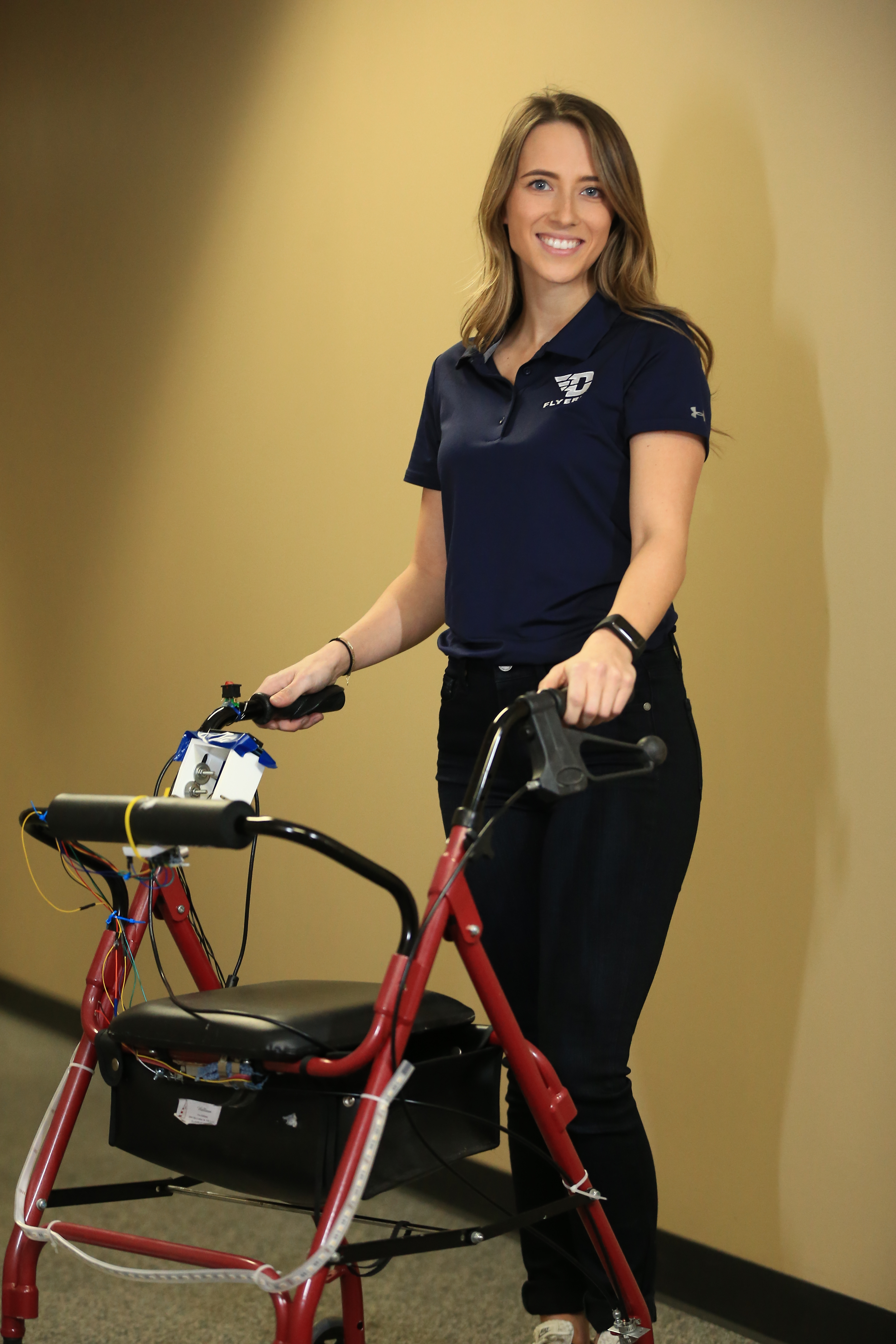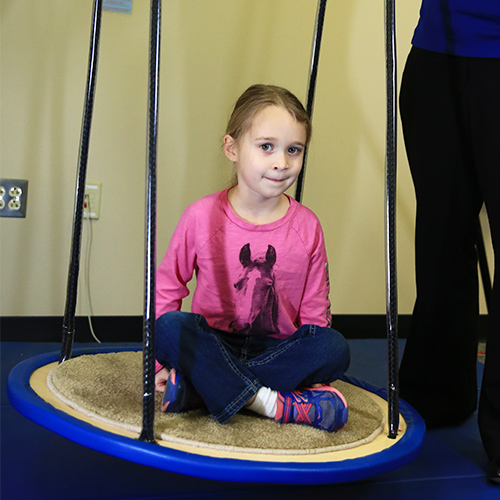Engineering Wellness Through Biomechanics



Over 6.1 million Americans use walkers and other walking aids. These aids enable continued independence and community participation despite the onset of mobility deficits due to aging or disease. However to date there is very little quantitative data about how walker users use their walkers.The use of sensor-based technology could enable this data collection, while also providing potential interventions that motivate more proper use. This project combines biomechanics (Dr. Kim Bigelow), mechatronics (Dr. Tim Reissman), and clinical experience (Dr. Kurt Jackson) to design and evaluate the effectiveness of a "smart" walker. The objectives of this study are to: 1) Iteratively refine sensor technology that can measure and store information about walker use and 2) Conduct biomechanical testing on the effectiveness of these sensors.

